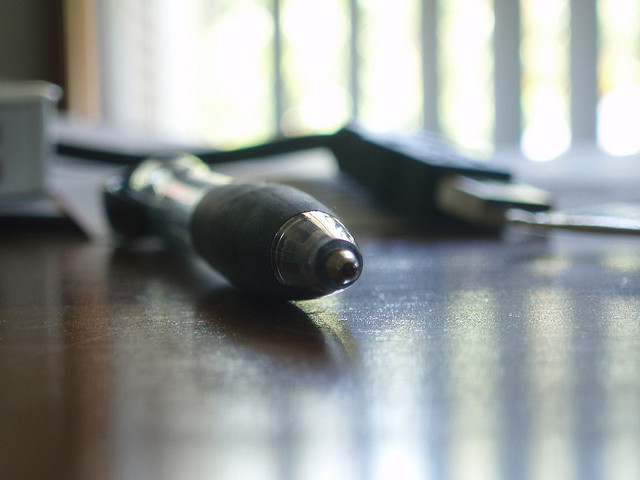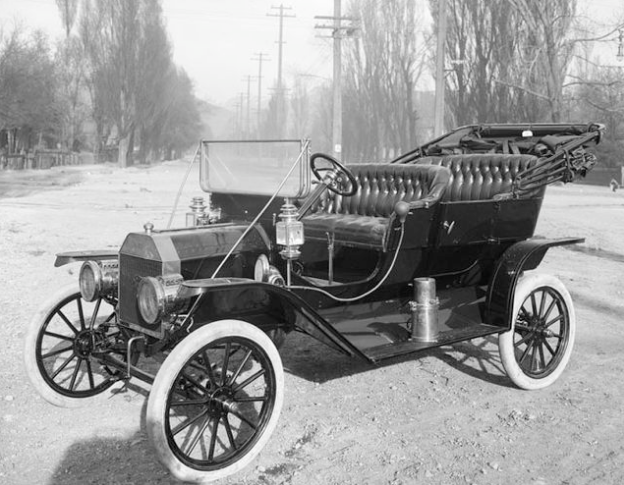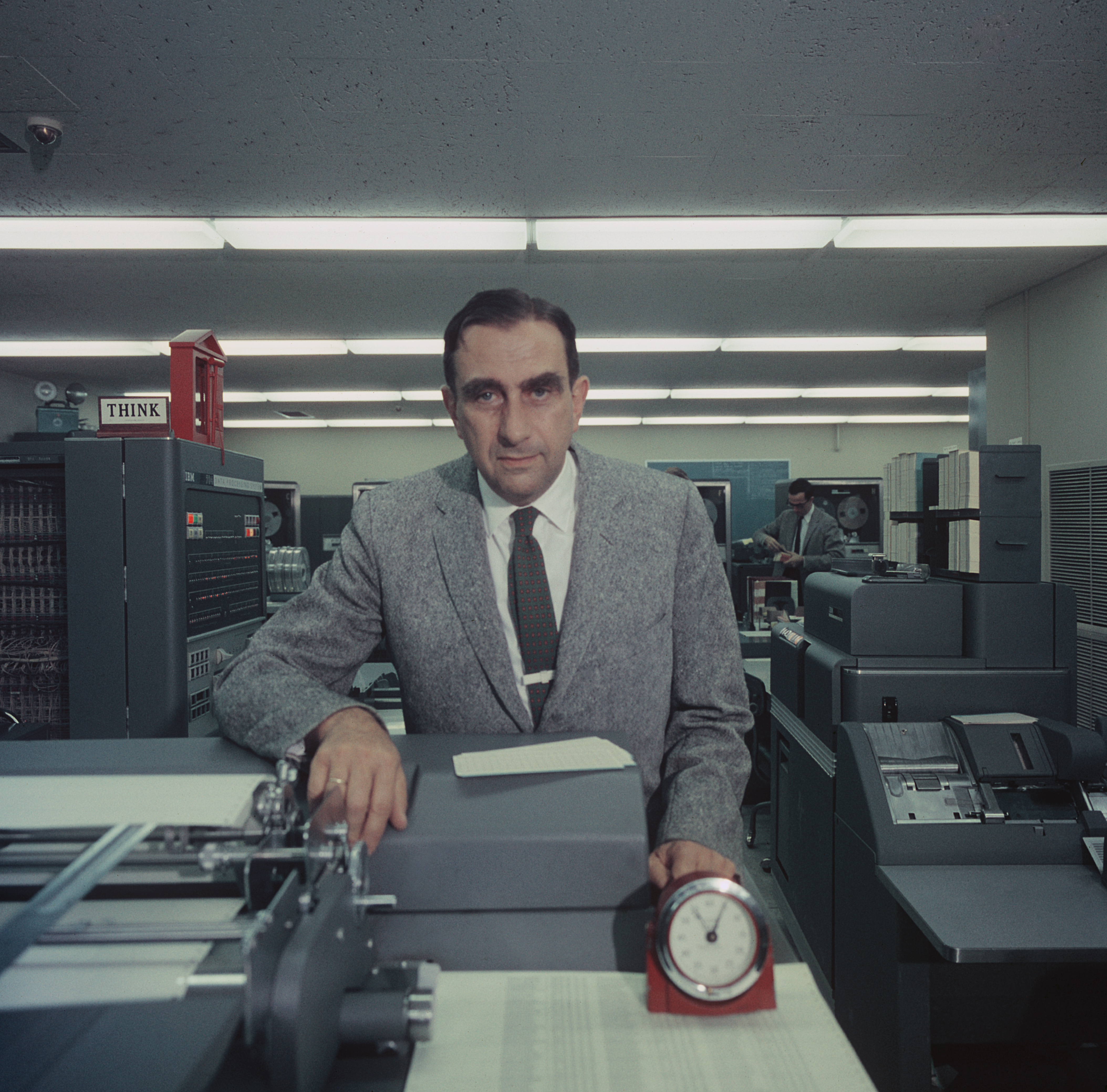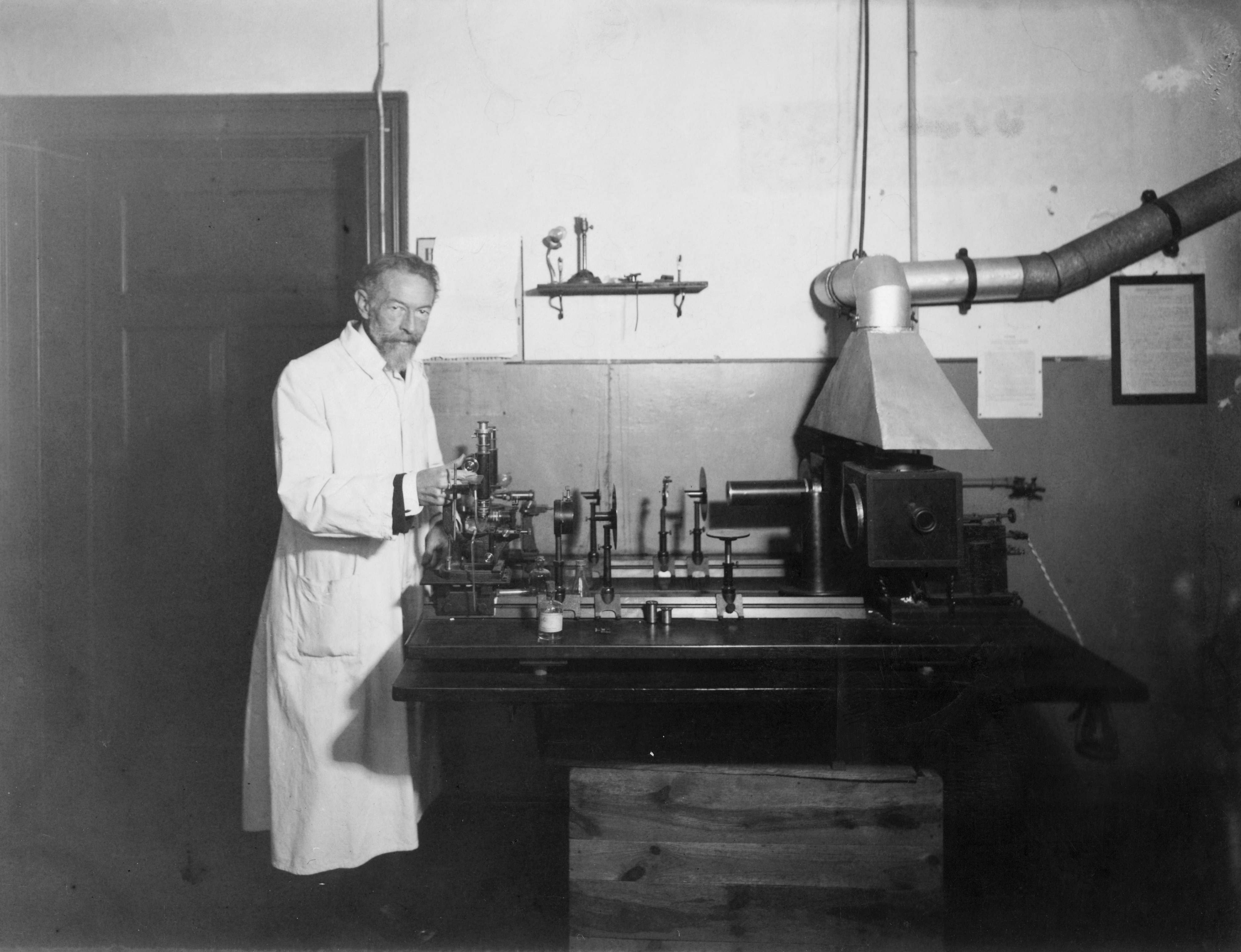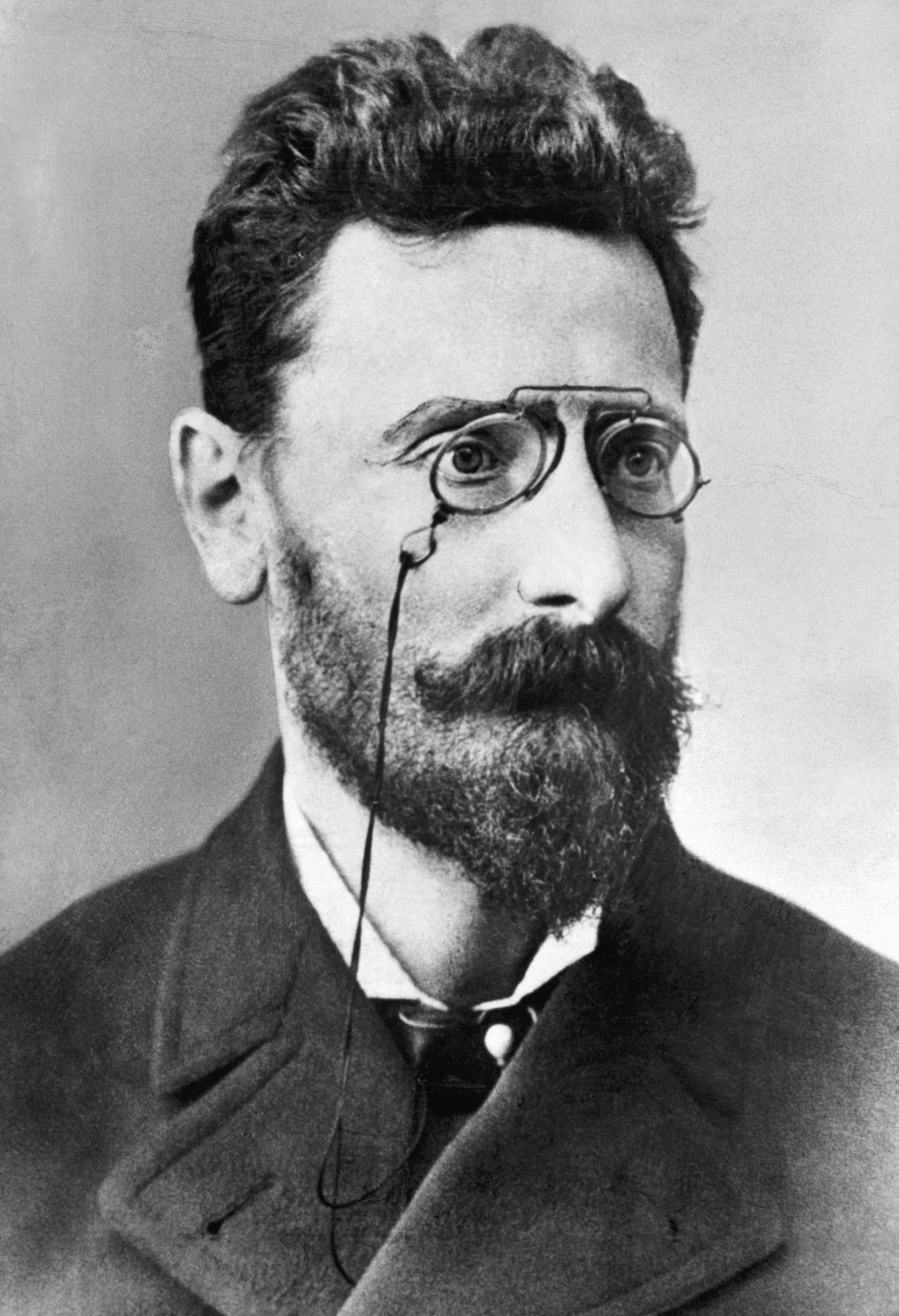1/8
Everyday items
You’ve probably tried to solve a Rubik’s Cube at least once in your life, but did you know that this brain-teaser is the brain-child of Hungarian Ernő Rubik? 2014 marks 40 years since this challenging little cube was invented and through the decades hundreds of millions have been sold. Another Hungarian invention is the ballpoint pen, also known as the biro. It was invented by László Bíró in 1938 and replacing the quill and fountain pens, the biro is said to have changed the way we write. Ányos Jedlik is thought to be the first to have made a soda water machine, while another Hungarian Joseph Petzval invented binoculars and opera glasses among other things. The safety match was invented by János Irinyi in 1836. Vitamin C was discovered by Albert Szent-Györgyi who won the 1937 Nobel Prize for Medicine, in part, for this discovery. The tungsten lamp was created by the work of Hungarians Sándor Just and Imre Bródy among others.
2/8
Auto and electric
Hungarians Donát Bánki and János Csonka invented the carburettor for a stationary engine that can be used, for example, in the machinery found in a factory. While many others were working on creating the first helicopter around this time, in 1928 Oszkár Asbóth is credited with inventing one of the first. The four-wheel carriage also known as a “coach” takes its name from the Hungarian word “kocsi” meaning 'of Koch' – the Hungarian city where coaches were first made. Meanwhile Hungarian Kálmán Kandó is known as 'the father of the electric train' for his work designing the three-phase motor and generator needed for electric railways. The inventor of soda water, Ányos Jedlik, also invented an early electric motor and car way back in 1828. On a similar note the Ford T Model car was designed by Hungarian-American immigrant József Galamb. In 1913 he was also a co-developer of the assembly line. The prolific inventor, Béla Barényi, is - among many things -responsible for the basic design of the Volkswagen Beetle. In fact his marvellous inventiveness means he has more than 2000 patents to his name and his contributions to car safety are significant. Co-inventors of the modern electric transformer are Hungarians Ottó Bláthy, Miksa Déri and Károly Zipernowsky. This is cool because transformers are essential for many electronic devices. Ottó Bláthy also invented the AC watt meter and turbo generator.
3/8
IT and communications
Hungarian Tivadar Puskás invented the telephone exchange in 1877, while János von Neumann was the conceptual inventor behind digital computing. Peter Károly Goldmark invented colour TV in about 1940, while in 1936 Kálmán Tihanyi described the principle behind the first plasma TV and flat-panel TV. The high level programming language known as BASIC was co-invented in 1964 by Hungarian János Kemény. Another Hungarian Károly Simonyi started and headed the Microsoft applications group that was responsible for the hugely popular programs Word and Excel.
4/8
Physics
While this is not exactly a positive invention, Edward Teller (Teller Ede in Hungarian) invented the hydrogen bomb in the 1950s and had a role in creating the atomic bomb as a member of the Manhattan Project. Fellow Hungarian Leo Szilárd also had a role in creating the atomic bomb as part of the Manhattan Project, and Leo conceived the idea of the nuclear chain reaction and co-invented the nuclear reactor. On another note, Dénes Gábor invented holography – the process of creating 3D images, and won the Nobel Prize in Physics in 1971 for this amazing invention.
5/8
Recent innovation
Hungarians continue to invent weird and wonderful things! Prezi is a cloud based presentation and storytelling software invented in 2009 by co-founders Adam Somlai-Fischer, Peter Halacsy and Peter Arvai. Leonar3Do, invented by Daniel Rátai, is a combined hardware and software platform that can create a 3D virtual reality environment. In 20014 Hungarian Áron Losonczi patented LiTraCon a light transmitting concrete that is a mix of concrete and optical glass fibres. It is a building material that is basically as strong as concrete but allows light to pass through. The gomboc is a funny little creation by Gábor Domokos and Péter Várkonyi. It’s a mono-monostatic object that can self-right from any position. Recently Hungarians also invented a biometric technology palm scanner that identifies a person based on five million palm vein data points.
6/8
Nobel Prize winners
Nobel Prizes have gone to 12 Hungarians. In fact, Hungary ranks 16th in the number of these prizes won. Hungary's Nobel Prizes have been won in the fields of physics, chemistry, medicine, economics and literature. One prize-winner, Richard Adolf Zsigmondy, has a moon crater “Zsigmondy” named in his honour. Excellent!
7/8
The Pulitzer Prize
A famous name that’s best known for the Pulitzer Prizes in journalism and artistic fields also has a Hungarian link - its namesake Joseph Pulitzer was Hungarian. He published newspapers in the US and he also founded the famous Columbia School of Journalism. It's Columbia University that’s responsible for awarding Pulitzers.
8/8
Olympic Games success
Hungary has won a grand total of 476 medals at the summer Olympic Games. That makes Hungary the 8th in the world on the all time medal tally. That’s more than Japan, Australia and South Korea! And when you look at Hungary's medal wins per-capita Hungary comes a whopping second to Finland for the total number of gold medals won and third after Finland and Sweden for total medals.

